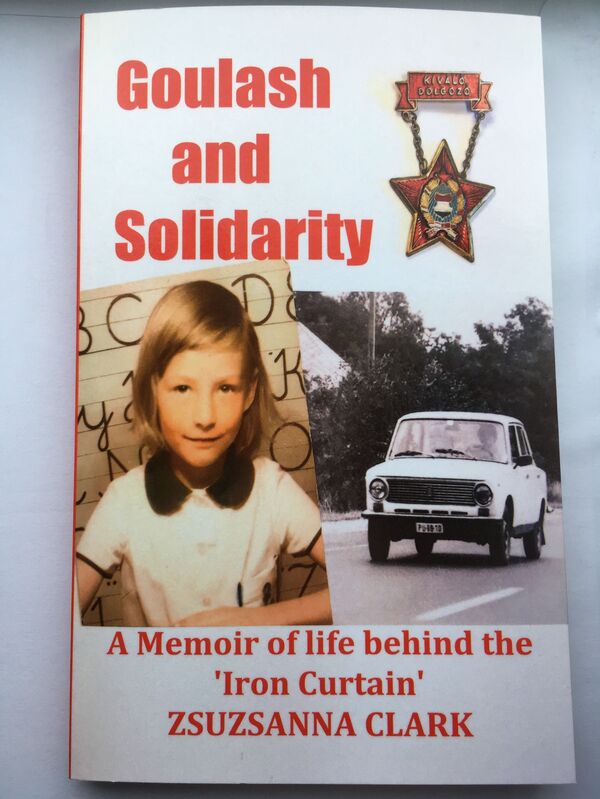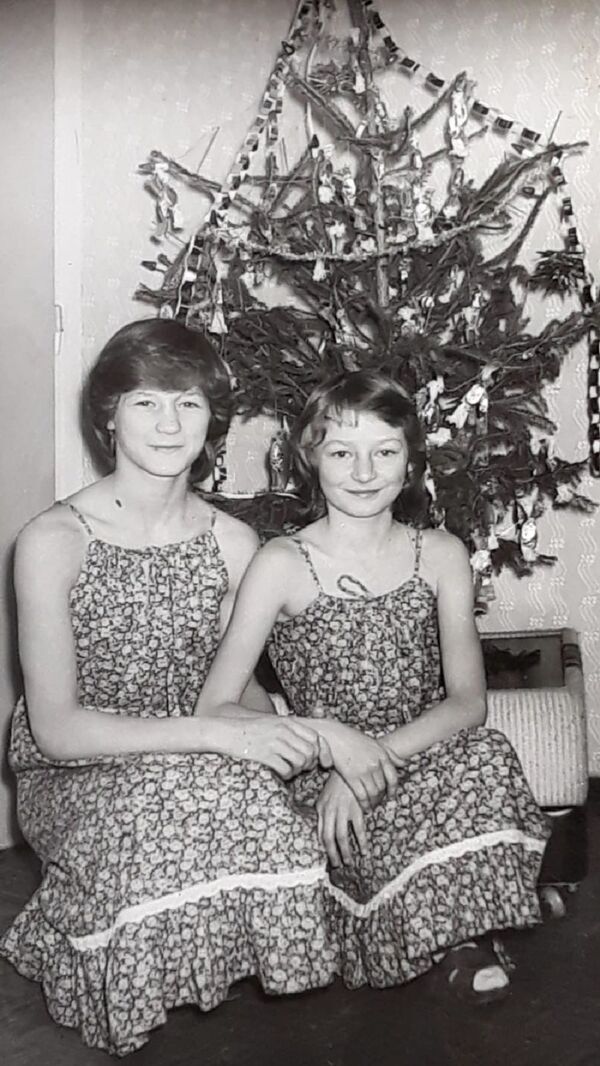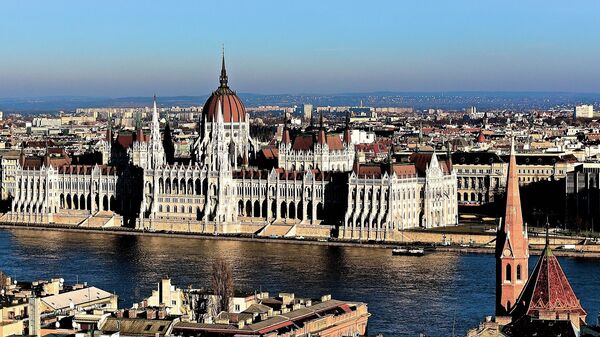If I say the word ‘communism’ to you what are the first thoughts that spring to your mind? Gulags? Purges? Mass killings?
All of that dreadful stuff did, of course, take place under governments calling themselves communist. But the idea that every communist government which existed was like Joseph Stalin’s or Mao Zedong’s is simply not true. As with pro-‘capitalist’ governments, there was a wide variation, but it’s only the very worst examples we hear about.
‘The most tolerant and least tyrannical regime in Eastern Europe from the 1960s to the 1980s’, was, according to the British Marxist historian Eric Hobsbawm, Hungary’s, under the dynamic and progressive leadership of Janos Kadar.
That assessment is backed up by my wife Zsuzsanna’s newly published book ‘Goulash and Solidarity’, a Memoir of growing up in Hungary under Kadar’s ‘Goulash communism’ in the 1970s and 80s.

What exactly was Goulash communism? As my wife explains in the Preface, it got its name from the national dish of Hungary. ‘Goulash is not a stew as many believe, but a delicious beef soup made with lots of different ingredients: beef, carrots, potatoes, turnips and paprika, etc.. Goulash communism was a type of communism that, like the soup, involved lots of different ingredients. It was a real mixture of things’, she writes.
The earlier Hungarian communist government of Matyas Rakosi, a staunch disciple of Stalin, was repressive and unpopular but in his speech to the 1961 Party Congress, Kadar declared ‘whoever is not against us is for us’, thereby turning Stalin’s old dictum on its head. There followed a period of gradual liberalisation. As the historian Zsuzsa L. Nagy noted ‘the new policy… not only led to an improvement of the political atmosphere, but also renewal in economic, intellectual and cultural life’.
In 1968, the year of my wife’s birth, the ‘New Economic Mechanism’ sought to combine the best elements of a communist economy (strong state sector, five-year plans, subsidies to reduce the prices of essential items), with the best elements of a market economy. Private enterprise was permitted, on a small scale and the interaction of supply and demand was allowed to determine the prices of non-essentials.
Hungary was known as ‘the happiest barracks in the camp’ in the late 1960s/1970s and for good reason. Living standards improved quite markedly, and arts and culture were heavily subsidised by the state and affordable for all.
There was full employment and workers could take cheap vacations with their families at the extensive network of trade union, company and co-operative holiday centres. The firms which existed at this time were paternalistic and looked after their employees very well. Subsidised canteens were the norm. My wife’s parents both worked at Hungaroton, the state-owned record factory in Dorog. ‘The friendly relationship between the director and the workers of the Hungaroton factory was also shared on special trips around the country or going to a thermal spa, organised by the company itself. These, as my mother remembers, were always cheerful and fantastic occasions’, Zsuzsanna writes.
Goulash communism made everyone feel involved. As she explains in chapters 4-7, my wife’s school days were packed with fun and excitement. There was a real sense of ‘Together for each other’, her school’s Pioneer motto. There was no intergenerational conflict. Pioneers helped old people with their housework their shopping and with carrying coal in and out from the cellar. There were so many extra-curricular activities available.

It was a far cry to the situation in so-called ‘advanced’ capitalist countries today, where young people are provided with no guidance, no activities and often drift into nihilistic and violent gang culture. Hungarian Culture Minister Gyorgy Aczel, who is cited in the book, warned of this happening back in the 1970s.
Of course, Goulash communism had a down side, like any other system, and my wife goes into the negative aspects too in the book. However she concludes that taken as a whole, the positives of ‘Goulash communism’ outweighed the negatives.
What is extraordinary is that ’Goulash communism’ and the other milder forms of communism which also existed in countries such as Yugoslavia, has been airbrushed out of history. It’s as if the only communism were are supposed to remember was the ultra-hardline variety which existed under Stalin and Mao. Yet back in the 1970s and 80s, Hungarian communism received plenty of plaudits in the west. Even that diehard Cold War warrior Margaret Thatcher who visited Hungary in 1984 acknowledged that Kadar ‘seemed to be regarded with some respect, even affection by many Hungarians, because he was credited with avoiding a repeat of the events of 1956, while allowing a gradual process of reform to continue’.
Consider too this glowing reference from the American guide book ‘Let’s Go: Budget Guide to Europe 1987': ‘Hungary is perhaps the perfect place to begin a tour of Eastern Europe. The government welcomes tourists, and tries to spare them the bureaucratic hassles and restrictions encountered in other socialist countries…Under the strong Communist Party leader Janos Kadar, Hungary has developed a uniquely progressive brand of socialism, the vitality of which is immediately apparent to the visitor’.
Two years later though, it was all over. Which begs the question: why if ‘Goulash communism’ was so good, did it not survive? My wife attempts to answer that in her book, and her conclusions may surprise readers. It certainly goes against the dominant western narrative that the system fell because of mass opposition from the Hungarian people.
Thirty years on, with the failures of the current neoliberal economic model all too apparent, we need to have a proper grown-up debate about communism and acknowledge that at certain times and in certain places, it did produce humane, progressive societies which delivered more benefits to the majority of the population than modern turbo-capitalism has. Reading about everyday life in the ‘Goulash communist’ Hungary of the 1970s and 80s is a good place to start.
Goulash and Solidarity, A Memoir of life behind the ‘Iron Curtain’, by Zsuzsanna Clark (ISBN: 9781839450709 is available here.
Follow Neil Clark @NeilClark66




